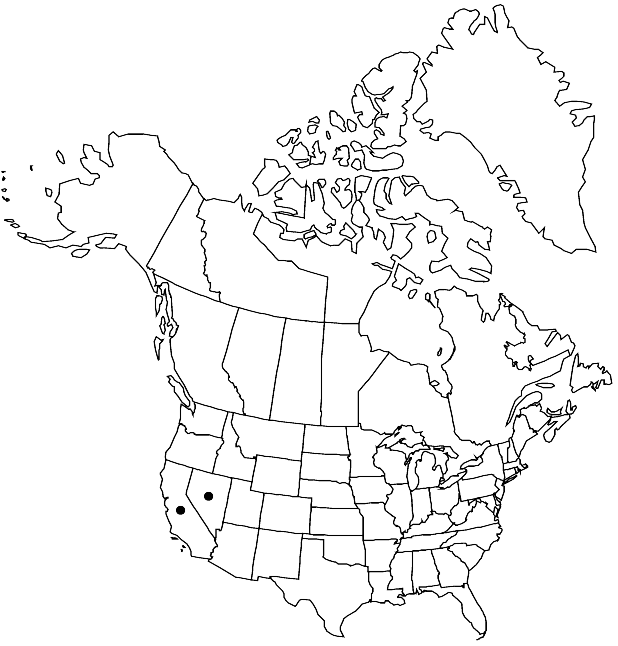Boechera pinzliae
Novon 13: 388. 2003.
Perennials; long-lived; apomictic; caudex usually woody. Stems 1–3 per caudex branch, arising from margin of rosette near ground surface, 0.4–1.6 dm, densely pubescent proximally, trichomes short-stalked, 2–5-rayed, 0.05–0.2 mm, glabrous or sparsely pubescent distally. Basal leaves: (petiole glabrous); blade linear-oblanceolate, 1–3 mm wide, margins entire, rarely ciliate proximally, trichomes to 0.5 mm, surfaces densely pubescent, trichomes short-stalked, 2–5-rayed, 0.05–0.2 mm. Cauline leaves: 3–6, not concealing stem; blade auricles 0(–0.3) mm, surfaces of distalmost leaves sparsely to moderately pubescent. Racemes 5–8-flowered, unbranched. Fruiting pedicels ascending to divaricate-ascending, straight, 2–6 mm, glabrous or sparsely pubescent, trichomes appressed, branched. Flowers ascending at anthesis; sepals pubescent; petals purple, 4–5 × 1–1.5 mm, glabrous; pollen spheroid. Fruits ascending to divaricate-ascending, not appressed to rachis, not secund, straight, edges parallel, 2.5–4.8 cm × 2.5–3.2 mm; valves glabrous; ovules 26–34 per ovary; style 0.1–0.3 mm. Seeds uniseriate, 2.5–3.5 × 1.5–2.5 mm; wing continuous, 0.2–0.9 mm wide.
Phenology: Flowering Jul.
Habitat: Gravelly granitic soils in alpine and subalpine areas
Elevation: 3000-3400 m
Distribution

Calif., Nev.
Discussion
Of conservation concern.
Morphological evidence suggests that Boechera pinzliae is an apomictic hybrid that contains at least one genome derived from B. platysperma; the other parent has not yet been determined. It is most similar to B. elkoensis, from which it differs in having sparsely pubescent (versus glabrous) sepals and basal leaves with stalked (versus sessile or subsessile) trichomes. Boechera pinzliae is known only from the White Mountains in extreme western Nevada (Esmeralda County) and east-central California (Mono County).
Selected References
None.